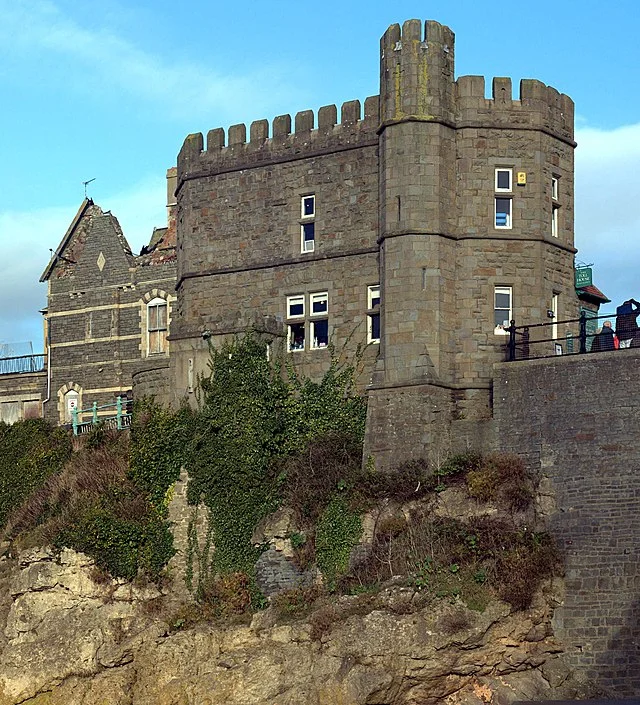The Toll House in Clevedon is a historic structure that played an important role in local transportation. Located on the coast of North Somerset, England, it was built in the early 19th century as part of a network of toll roads that helped manage traffic and maintain road quality. The building is situated at the junction of Clevedon’s Marine Parade and Old Church Road, an important location for travelers in the region.
Get your dose of History via Email
Historical Context
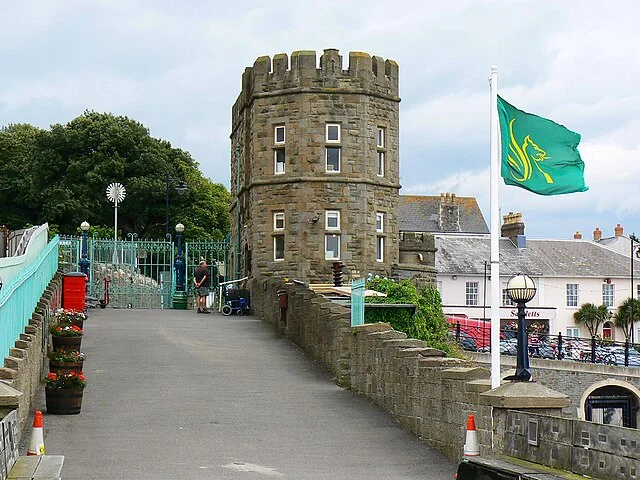
The Toll House was constructed during a time when toll roads, also known as turnpikes, were crucial for funding road maintenance. Prior to the 18th century, road quality in England was poor. With the increasing use of roads for commercial purposes, Parliament passed a series of acts to allow local authorities to charge tolls for road use. The funds collected from tolls were used to improve and maintain roads, making travel easier and safer for both individuals and traders.
Architecture
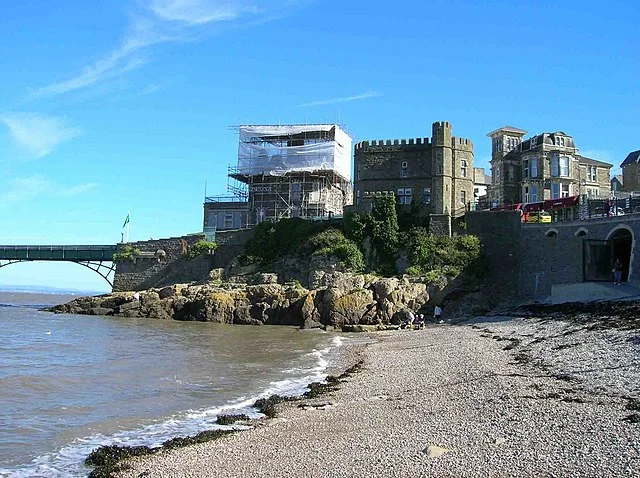
The Toll House is a small, single-story building that reflects the architectural style typical of early 19th-century toll houses. The structure features a distinctive octagonal shape, which is not only aesthetically unique but also functional. This design allowed the toll keeper to have a clear view of incoming traffic from multiple directions. A large central window further facilitated this function.
The building materials are local stone and brick, which were readily available in the region. The roof, often described as conical or pyramid-shaped, added to the building’s prominence along the road.
Function and Operation
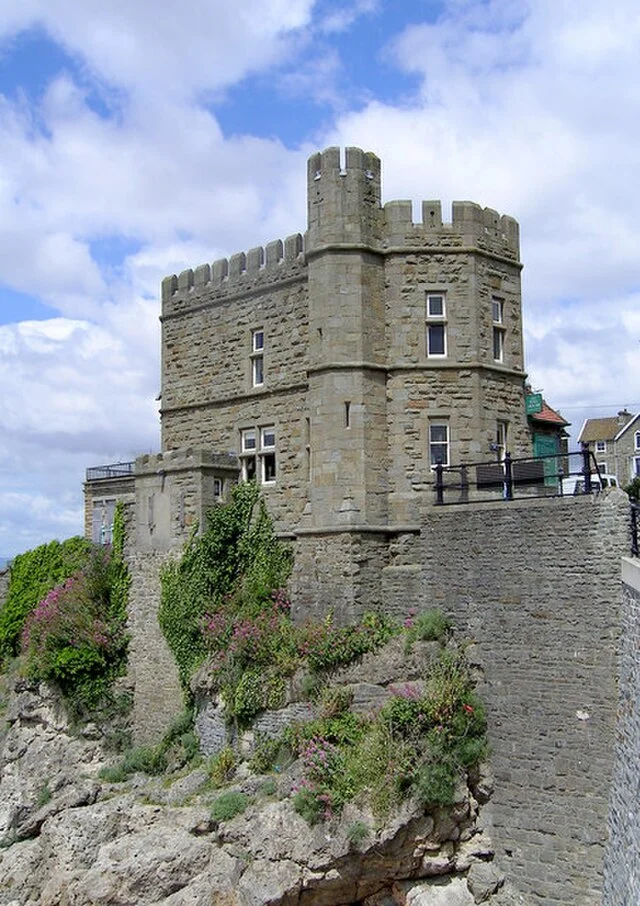
Toll houses were placed strategically at points where roads were most frequently used, often near bridges or entrances to towns. Travelers had to stop at the toll house to pay a fee before continuing their journey. These fees varied depending on the type of vehicle or animal being used, with different rates for carriages, carts, and livestock. Toll keepers lived in the building and managed these payments. Their responsibilities also included keeping track of road conditions and reporting any necessary repairs to local authorities.
Decline of Toll Roads
The toll road system began to decline in the mid-19th century with the advent of railways. Rail transport offered a faster, more efficient, and cost-effective way to move goods and people across long distances. As a result, road traffic decreased, and many toll roads were abandoned. By the 1880s, most turnpike trusts, which were responsible for managing these roads, were dissolved, and the maintenance of roads fell to local governments.
Preservation and Current Status
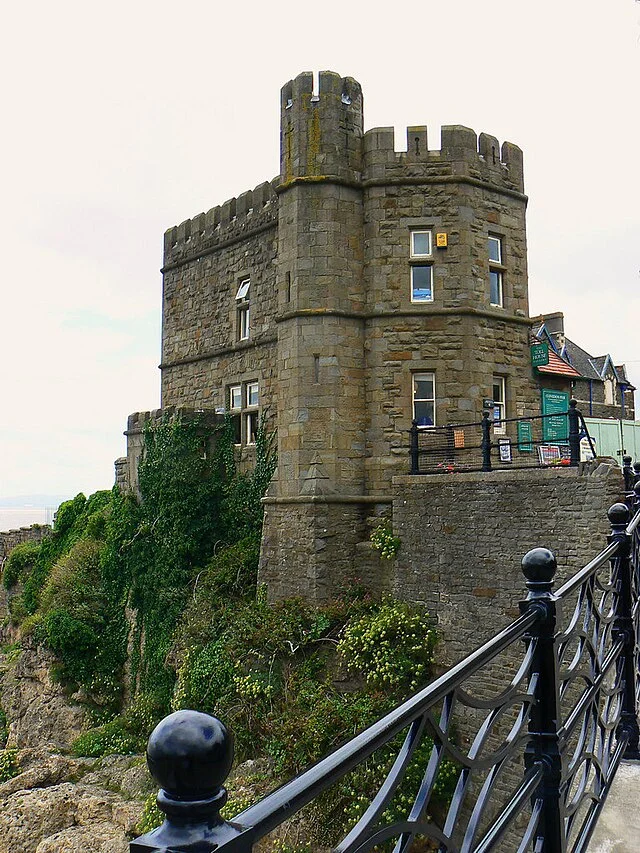
The Toll House in Clevedon no longer serves its original function, but the building has been preserved as a historical landmark. It stands as a reminder of the period when toll roads were essential to regional travel and commerce. The structure is listed as a Grade II building, which provides it with protection from demolition or significant alterations. Today, it serves as an architectural curiosity for visitors to Clevedon, reflecting a chapter in the town’s transportation history.
Conclusion
The Toll House in Clevedon represents a significant aspect of 19th-century transportation infrastructure in England. Its unique architecture, strategic location, and historical function highlight the importance of toll roads during this period. Although the rise of railways led to the decline of toll houses, structures like this one remain important cultural and historical symbols. The preservation of the Toll House allows modern audiences to explore and understand the evolution of road travel and the role these buildings played in it.
Source:

